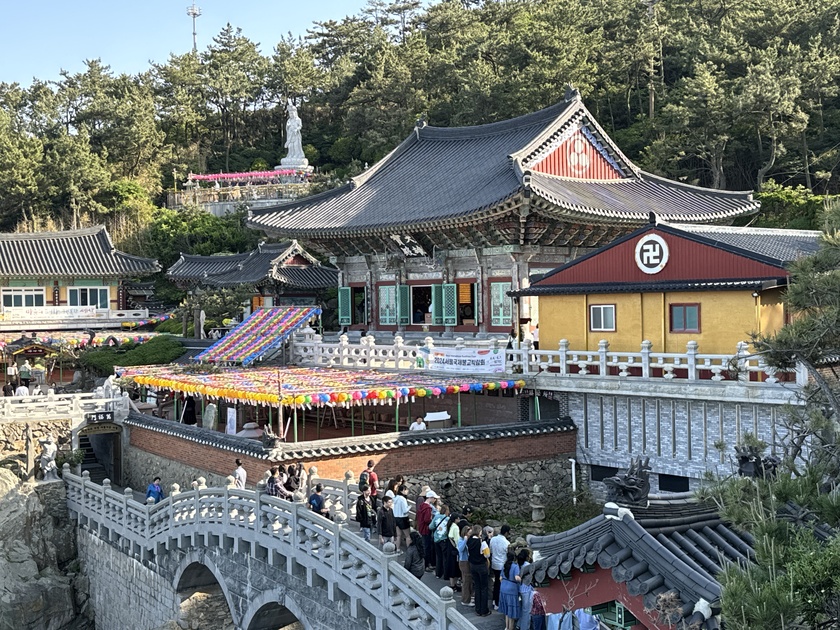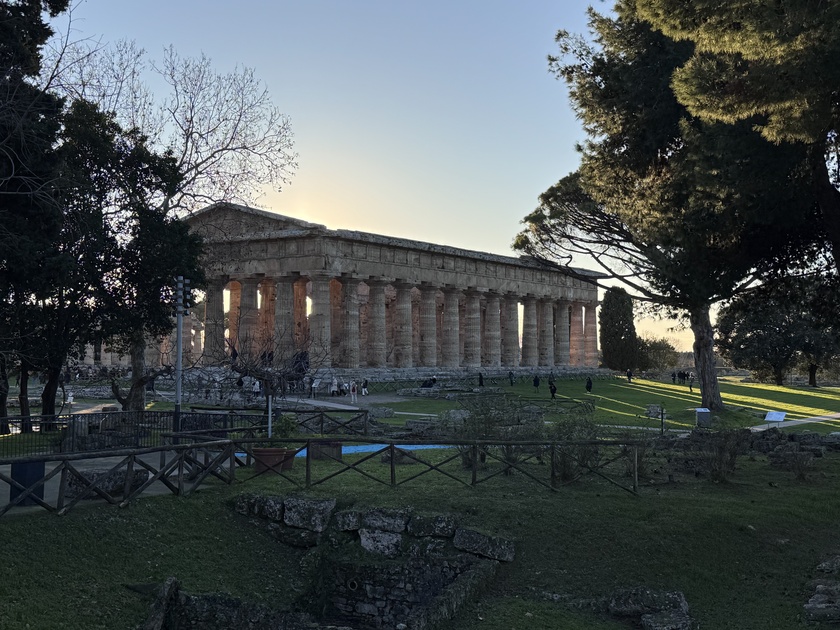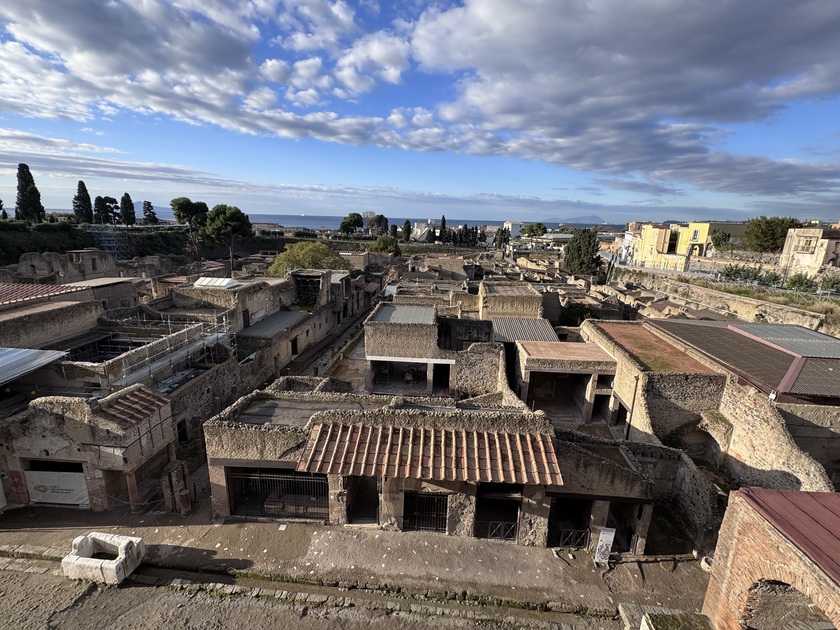Haedong Yonggunsa, or Haedong Yonggung Temple, is one of the most impressive Buddhist temples in South Korea.
Haedong Yonggungsa is famous for its picturesque seaside location. Busan’s “Temple on the Coast” is also a hot spot for watching the sunrise on the first day of the year.
The temple has a long history going all the way back to 1376, during the Goryeo Dynasty, when it was built by the great Buddhist teacher Naong Hyegeun.
It was originally called Bomun Temple and was dedicated to Gwanseum-bosal, the Goddess of Compassion, whose large statue you can see there today.
Bomun temple was partially destroyed in a fire during the Japanese invasion of Korea from 1592 to 1598, and then abandoned. Some of what can be seen today dates to the 1930s, when the temple was reestablished by monks from Tongdosa, and a lot of it has been added in the last 20 years and looks very new.
It wasn’t until 1974 that Bomun Temple was renamed Haedong Yonggungsa, which means “Korean Dragon Palace ...
The Amphitheatre of Capua: Ancient Rome’s Second Greatest Arena and Birthplace of Spartacus’ Revolt
The Amphitheatre of Capua (Anfiteatro Campano), located in the modern town of Santa Maria Capua Vetere in Campania, Italy (about 25 km north of Naples), stands as one of the most significant Roman amphitheatres outside Rome.
Often overshadowed by the Colosseum, this structure is widely regarded as the second largest Roman amphitheatre (after the Flavian Amphitheatre in Rome) and possibly the first permanent stone amphitheatre built by the Romans, dating to the late 1st century BC with major expansions under Augustus, Hadrian, and Antoninus Pius in the 2nd century AD.
Its elliptical design—measuring approximately 170 x 140 meters—closely mirrored what would become the Colosseum, leading historians to suggest it served as a direct architectural model.
Ancient Capua, once one of Italy’s wealthiest and most influential cities (dubbed “Altera Roma” or “another Rome” by Cicero), thrived as a hub...
The Archaeological Site of Paestum: Ancient Poseidonia’s Magnificent Greek Legacy
Paestum, located in the Campania region of southern Italy about 85 kilometers southeast of Naples in the modern comune of Capaccio Paestum, stands as one of the most extraordinary surviving examples of ancient Greek colonization in Magna Graecia.
Originally founded around 600 BC by Greek settlers from Sybaris as Poseidonia—named after the sea god Poseidon—the city quickly flourished into a prosperous trading and cultural center on the Tyrrhenian coast, benefiting from fertile plains and maritime access.
Conquered by the indigenous Lucanians around 400 BC, who renamed it Paistom, the city retained much of its Greek character while adopting local influences, evident in vibrant painted tombs from this era.
In 273 BC, it became a Roman colony under the name Paestum, receiving new public buildings like a forum, amphitheater, and roads, though the iconic Greek temples remained revered.
Prosperity continued into the ...
Herculaneum, an ancient Roman town nestled at the base of Mount Vesuvius on the Bay of Naples in modern-day Ercolano, Italy, began as a seaside settlement with roots tracing back to legendary founding by Hercules, though historical evidence points to Oscan origins around the 6th or 7th century BC.
Over centuries, it passed through Greek influence, Samnite control in the 4th century BC, and finally became a Roman municipium in 89 BC after the Social War.
Smaller and wealthier than nearby Pompeii, with a population of about 4,000 to 5,000, Herculaneum served as an elegant resort for Roman elites, boasting luxurious villas overlooking the sea, sophisticated architecture, and a prosperous economy tied to trade and fishing.
A severe earthquake in 62 AD damaged much of the town, and repairs were still underway when catastrophe struck on August 24-25, 79 AD.
Unlike Pompeii, which was buried primarily under ash and pumice, Herculaneum lay northwest of the volcano and initially escaped the heaviest fallout due ...




















































